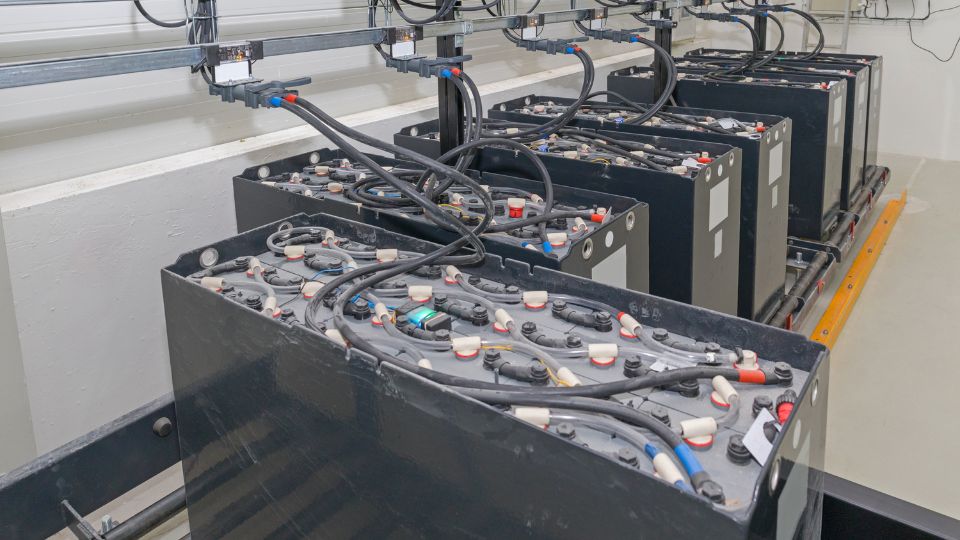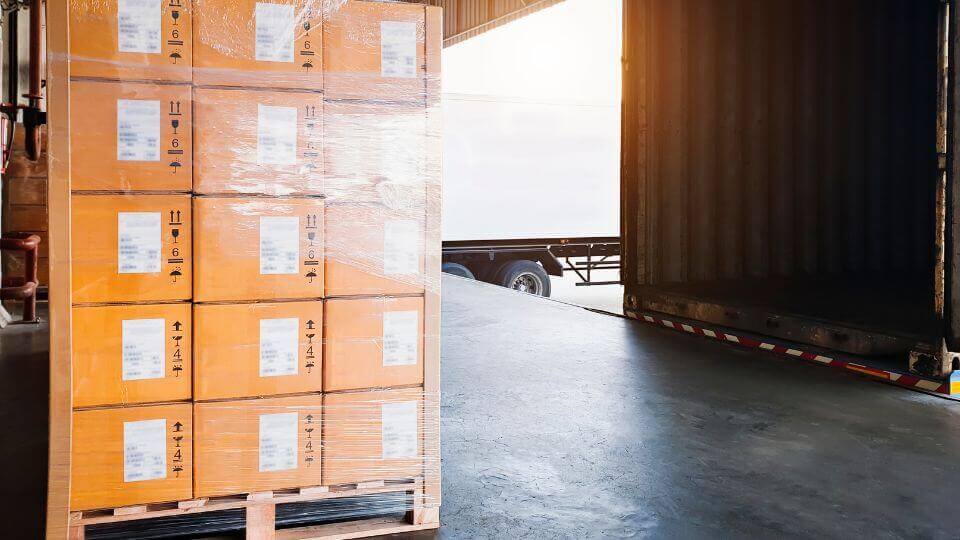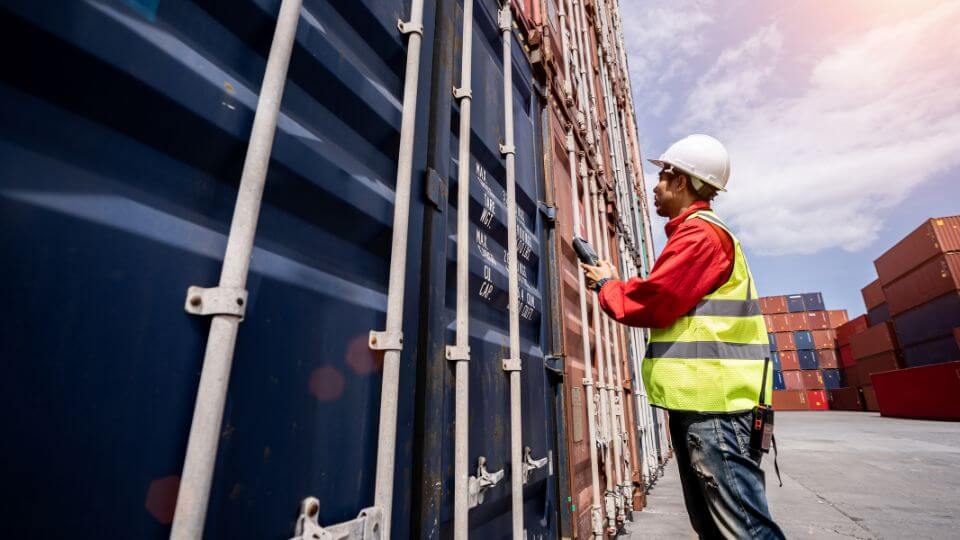Table of Contents
Many businesses and industry professionals have been discussing the pros and cons of using drones in logistics for the last few years. One may argue that the use of drones for the delivery of products will introduce a new era of convenience, affordability, and productivity in transportation. However, critics have raised legitimate concerns regarding the safety, practicality, regulation, and possible effect on employment posed by drones in logistics.

Understanding how drones may change the logistics industry in the future is a fascinating topic. It’s only natural to have doubts about whether or not it’s even possible or legal to include drones in logistics. Nonetheless, major players in the logistics sector, like Amazon and DHL, are already experimenting with drones in logistics, making this an excellent time for logistics company owners to consider whether or not this emerging technology may provide them with a competitive advantage.
Meanwhile, as we imagine the future of logistics, let’s take a closer look at the benefits and drawbacks of introducing commercial drone technology in today’s logistics and distribution processes.
Best-In-Class 3PL in the Midwest
What is the 'Good' of Using Drones in Logistics?
Drones, which are often referred to as unmanned aerial vehicles (UAVs), have the potential to completely transform the logistics business by making the distribution and transportation of products much quicker, more affordable, and more efficient. The following are the top benefits of drones in logistics.
Speedy deliveries
Because drones can fly straight to their location, they can circumvent barriers like traffic and other roadblocks that might slow down more conventional delivery methods. Using drones in logistics will dramatically cut down on the amount of time it takes to deliver packages, which is particularly helpful in locations that are difficult to access or that are isolated and may not have access to ground transportation.
Cost effectiveness
The use of conventional delivery methods, such as trucks or aircraft, may be more expensive than using drones in logistics because of the lower amount of fuel that drones use and the low maintenance they need. This might result in cost reductions not just for the businesses that use drones but also for the customers who buy the things they deliver.
Improved accessibility
As mentioned already, providing access to products and services in locations that may be difficult to reach by other methods, such as isolated or rural regions, is one of the many benefits of drones in logistics. For instance, medical supplies might be sent to hospitals located in remote regions, and critical items can be brought to towns that have been impacted by natural catastrophes using drones.
Benefits to the environment
Drone delivery in logistics can lower the carbon footprint of the delivery process by employing renewable energy sources, such as solar panels, to power their flights. This is one of the environmental benefits of using drones in logistics. In addition, by removing delivery vehicles from the road, drones may be able to contribute to the reduction of both traffic congestion and air pollution.
Best-In-Class 3PL in the Midwest
What is the 'Bad' of Using Drones in Logistics?
While drones have the potential to provide considerable advantages to the logistics industry, certain concerns cannot be ignored. Here are the possible limitations and drawbacks of using drones in logistics.
Safety concerns
The inclusion of drones in logistics and transportation raises several safety concerns. Even though drones have a solid reputation when it comes to safety, there is always the possibility of accidents or malfunction, particularly in settings that are busy or complicated. There is also the risk of nefarious use, such as drones being used to carry illegal or dangerous products.
To alleviate these risks and reduce the drawbacks of drones in logistics, businesses and government authorities will need to put in place stringent safety and security protocols to guarantee the safe use of drones.
Regulatory limitations
The use of drones in logistics is presently controlled by a hodgepodge of rules and regulations, both on the national and international levels. This presents several regulatory challenges.
On one hand, companies and businesses looking to employ drones in their logistical operations may find themselves in a state of confusion and ambiguity. On the other hand, for authorities to effectively handle this issue, it will be necessary for them to set clear and uniform criteria for the use of drones in logistics and distribution.
Impact of employment
Concerns have also been raised about the possible effect that drones in logistics will have on employment opportunities. The use of drones will likely diminish the need for some types of human labor, such as truck drivers. However, drones also provide new employment opportunities in domains such as drone operation and maintenance. It is critical for businesses and governments to assess the influence that drones will have on employment and to take measures to limit the potential for any adverse consequences and drawbacks of drones in logistics.
Infrastructure and technology limitations
For the future of drones in logistics to be successful, there must first be adequate infrastructure in place to support their wide application. This includes both physical and digital support. It involves various components such as landing pads and charging stations in addition to the essential communication and navigational systems.
Moreover, the employment of drones in logistics may be restricted by technical constraints, such as their limited range, cargo capacity, and battery life. Because of these factors, the variety of items that may be delivered by drones and the distance that they can go may be limited.
Best-In-Class 3PL in the Midwest
Conclusion
Although drone delivery in logistics has the potential to bring significant advancement to the logistics industry, it is important for companies and regulators to carefully consider their limitations and drawbacks, and ensure that the necessary measures are in place to address these concerns for the future of drones in logistics.
If you are looking for reliable warehousing, order fulfillment, and transportation services, we offer high-quality on-demand logistics solutions. Logos Logistics is one of the leading 3PL companies in the Midwest, managing everything from order processing to transportation and deliveries so that you can relax and focus on growing your business.
Need help? Contact our experts today!

Protected: The Ultimate Guide to Proper Battery Warehousing and Storage
There is no excerpt because this is a protected post.

What is the Difference Between FTL and LTL Shipping?
What is the Difference Between FTL and LTL Shipping? Home > Blog > What is the difference between FTL and LTL shipping? Freight shipping can

Top 10 Imports of the USA
Top 10 Imports of the United States Home > Blog > Top 10 imports of the USA The United States, a global leader in trade,
